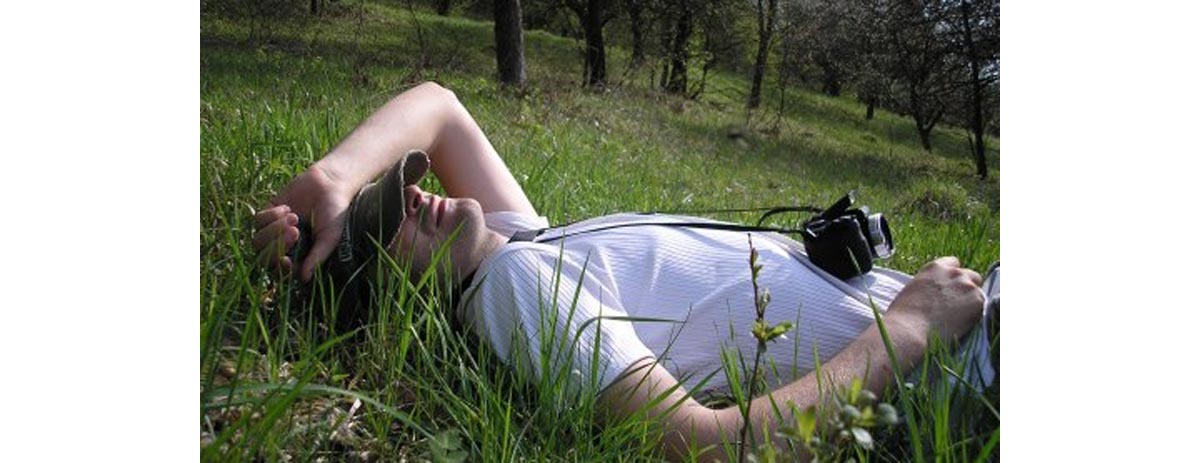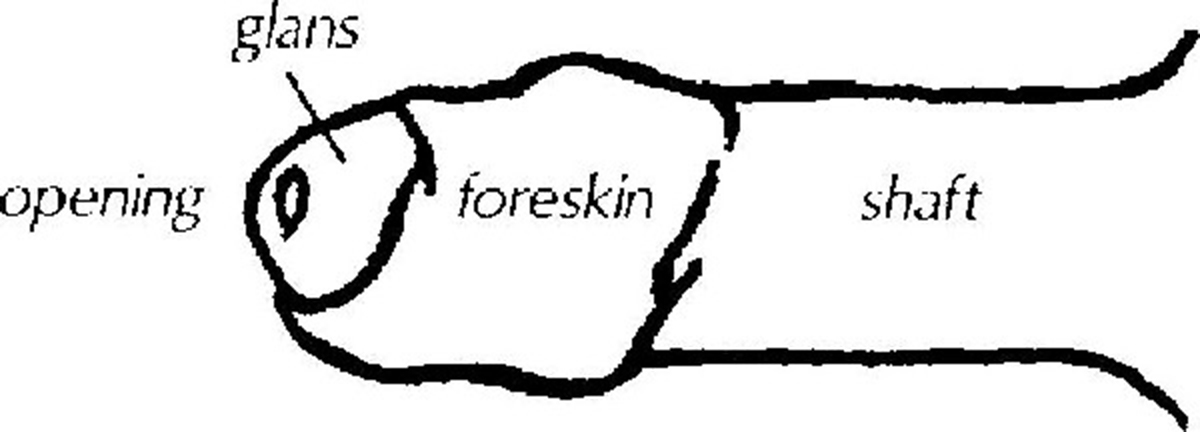When it comes to the aging penis, many men may be distressed to learn that the penis does in fact undergo changes as a man ages. As disturbing as that information may be, it is important for men to understand that, although the penis does have a life cycle, it doesn't mean that the penis will eventually stop working, as some men believe.

Although the penile changes that can occur with age can have an effect on sexual performance, many of these changes will not. There are several ways that the penis can affect sexuality as the male body changes with age.
More Time Required for Arousal and Erection
As men age, their testosterone levels start to decline. Men generally reach their sexual peak by the age of 30. After 30, testosterone levels begin to fall. As a result of this decline, it can take more time for arousal to occur. The older a man gets, the more likely he is to find it difficult to develop and maintain an erection. This is not the same as impotence, in which a man cannot obtain an erection. It simply means that as a man ages, his penis may not become erect as quickly as it did when he was younger, and more time and effort may be needed to become fully erect.
More Time Required to Achieve an Orgasm
Becoming aroused and obtaining an erection are not the only things that require more time as men age. It can also take longer to achieve an orgasm. This again is due to declining testosterone levels.
More Time Required for Secondary Arousal
It stands to reason that if all of the acts leading up to orgasm require more time, then it will also take longer for a man to become aroused a second time after he achieves an orgasm. A younger man in his 20’s is likely to be able to obtain an erection shortly after achieving an orgasm. This is not the case for older men. Some men may find it difficult or even impossible to become aroused a second time once they reach orgasm, and many who do become aroused find that it takes a lot longer to do so.
Decreased Amounts of Semen and Lower Sperm Quality
Although the amount of semen and the quality of sperm do not necessarily affect sexual performance, they can indirectly do so if the coupe is trying to conceive. The stress of knowing that semen levels have declined and sperm quality is decreased can also interfere with sexual performance.
Other Changes That The Penis Undergoes With Aging
Once a man passes the age of 30 and enters into middle age, several penile changes start to develop. Most of these changes are not rapid, but are gradually occurring with age.

Appearance
One major change in the appearance of the penis occurs in the penile glans, or penis head. As blood flow to the penis is reduced as a result of aging, the penile head, which is the tip of the penis, loses its purplish hue over time. The penile appearance is also affected by the loss of pubic hair that occurs as a result of declining testosterone levels. As age increases, pubic hair continues to decrease, resulting in a mostly hairless penis.
Another way the appearance of the penis can be affected is a result of age-related weight gain. Many men put on additional pounds as they age. When this happens, excess fat can accumulate in the abdominal area. What is known as a prepubic fat pad can develop, which can make the penile shaft appear to be smaller. This is especially true for obese men who may have enough abdominal and prepubic fat to bury the penis entirely. Fortunately, the perceived penile shrinkage can be reversed by simply losing weight.
Actual Size Reduction
With increasing age, the penis can actually undergo shrinkage in both the length and the thickness of the shaft. Unfortunately, unlike the appearance of shrinkage that occurs with excess fat, true age-related penile shrinkage is irreversible. Although the size reduction is usually minimal, it can be noticeable.
A man can lose as much as one inch in length by the time he reaches the age of 60. This can be a result of decreased blood flow to the penis that occurs as a result of atherosclerosis, a condition in which the arteries in the penis develop blockages from accumulated plaque. In addition to a smaller shaft, after the age of 40, men will experience a decrease in the size of the testicles.
Curved Shape
In a condition known as Peyronie’s disease, penile scar tissue develops within the penis. If the scar tissue accumulates unevenly, it can result in the penis taking on a curved shape. The condition mostly affects middle aged men, and can result in painful erections that lead to difficulty performing intercourse. Fortunately, there are treatments and surgical procedures available.
Decreased Sensitivity
As men age, they may experience a gradual decrease in penile sensitivity. When this occurs, it can become increasingly difficult to obtain an erection and to reach orgasm. There is some question as to whether the decrease in sensitivity can lead to a less pleasurable orgasm, but this has yet to be determined.
Impotence
This condition, in which the penis is unable to become erect, is linked to advanced age. The older a man gets, the more likely he is to suffer from impotence. Before the age of 40, the percentage of men who can obtain an adequate erection is roughly 60%. After the age of 70, that number drops significantly to close to 30%.
It is important for men to remember that these age-related changes in the penis do not have to interfere with a healthy sex life.

